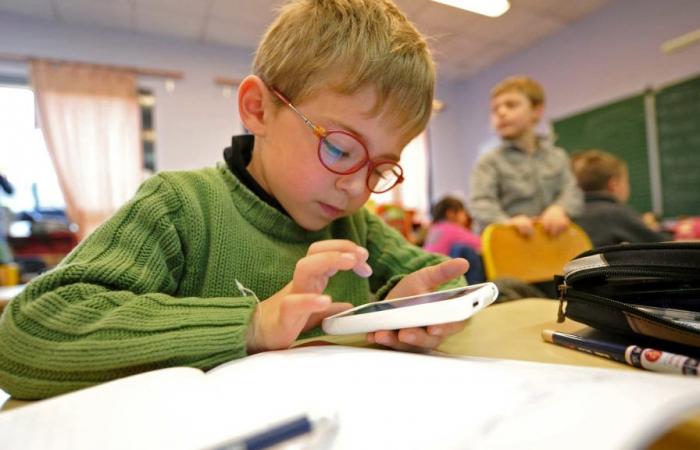A study published in September in the British Journal of Medicine highlights a continued increase in myopia diagnoses among young people. A trend exacerbated during and since the health crisis.
Are children becoming more and more myopic? A study allows us to see things more clearly. Chinese researchers studied the prevalence of this vision disorder among young people using global data collected between 1990 and 2023. The result, published in the scientific journal British Journal of Medicine, shows a slow upward curve over 30 years, among ages 5-19.
“Childhood myopia is considerable, affecting approximately one third of children and adolescents (…) the global incidence of myopia is expected to exceed 740 million cases by 2050,” write the researchers in this meta-analysis .
According to Thierry Bour, liberal ophthalmologist and president of the National Union of Ophthalmologists of France, in France, one in five children “today suffers from myopia, and 510,000 children aged 6 to 15 have progressive myopia”, he explained. in November 2023 at Le Monde.
A consequence of Covid-19?
In the long list of symptoms of Covid-19, there are no vision problems. However, the health crisis has had an effect on myopia, according to the authors of this study.
“New evidence suggests a potential association between the pandemic and accelerated vision deterioration in young adults,” they explain to the BBC.
But what is the link between the health crisis and an increase in diagnoses? “It’s quite easy to explain, if we consider that confinement has led to a change in our behavior: a reduction in the time spent outside and also an increase in time on screens”, explains to BFMTV Matthieu Robert, pediatric ophthalmologist at the Necker hospital (AP-HP).
Expert advice: How to avoid the development of myopia in children and young people in general? – 09/19
The lack of time spent outdoors and the time spent in “close vision” thus seem to be to blame. Another aggravating factor (the link to which is more or less clear depending on the studies) is screen time, which has continued to increase. Laptops, computers, television… This is a problem of “near vision” over excessive duration.
Finally, there remains the genetic factor, responsible for one in ten cases of myopia. A child of one or two myopic parents is more likely to be myopic as well. If in doubt, take the test.
Tom Kerkour with Pierre Barbin and Camille Fournier






